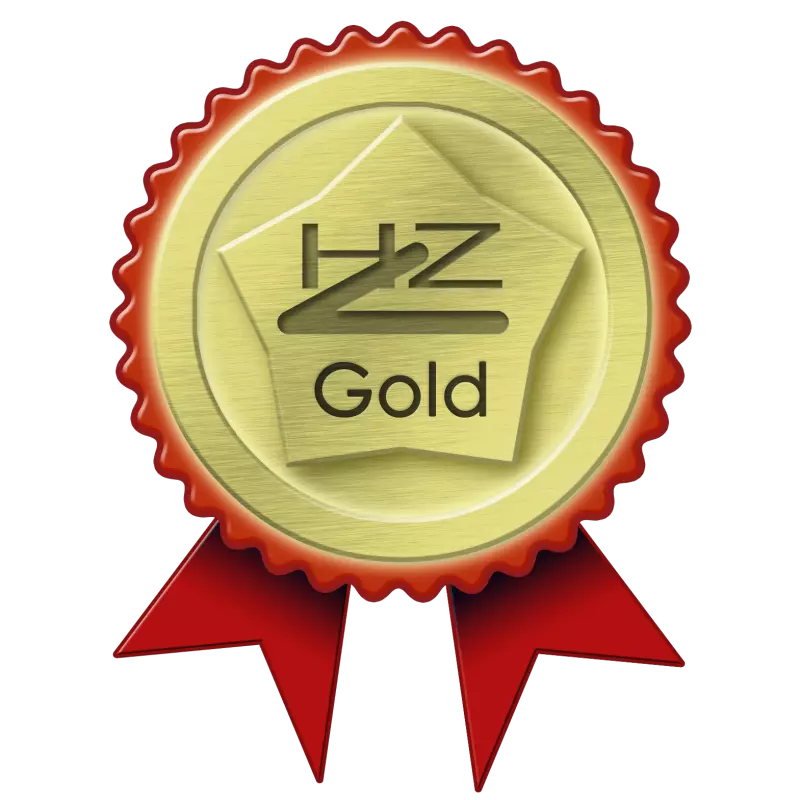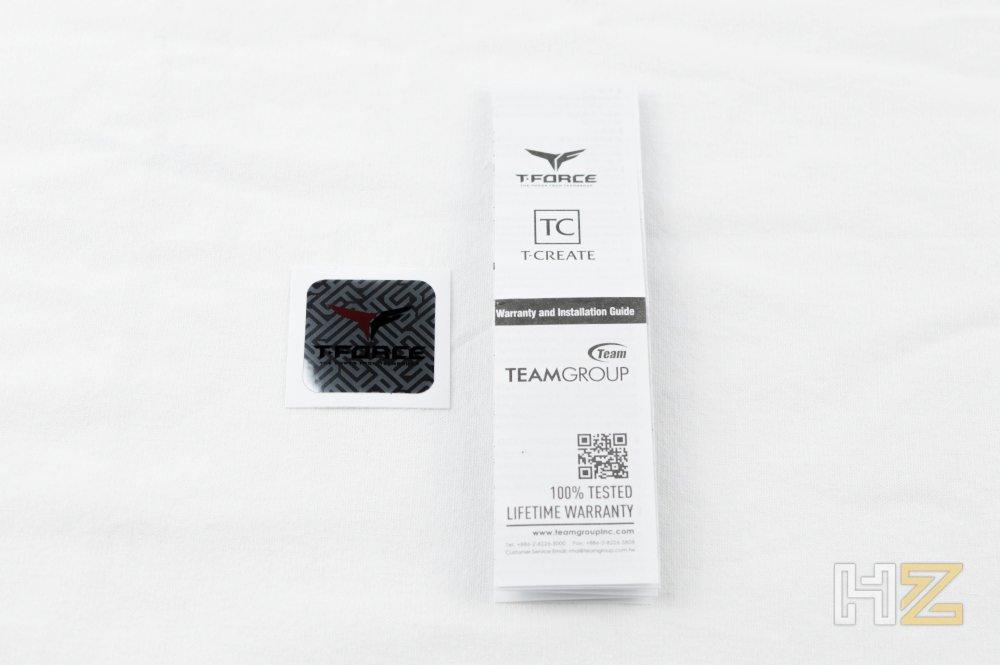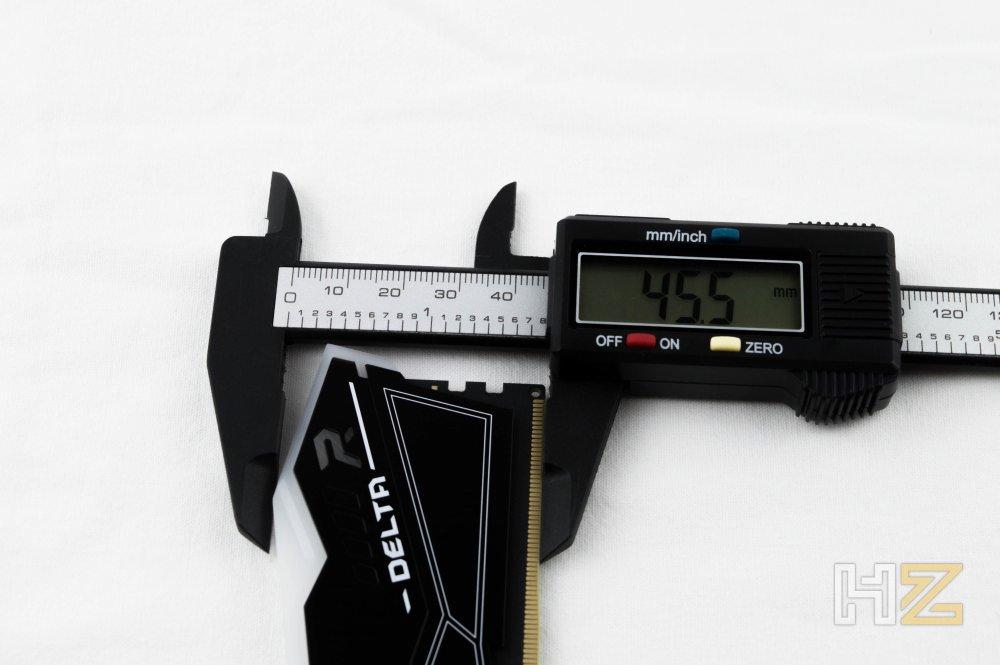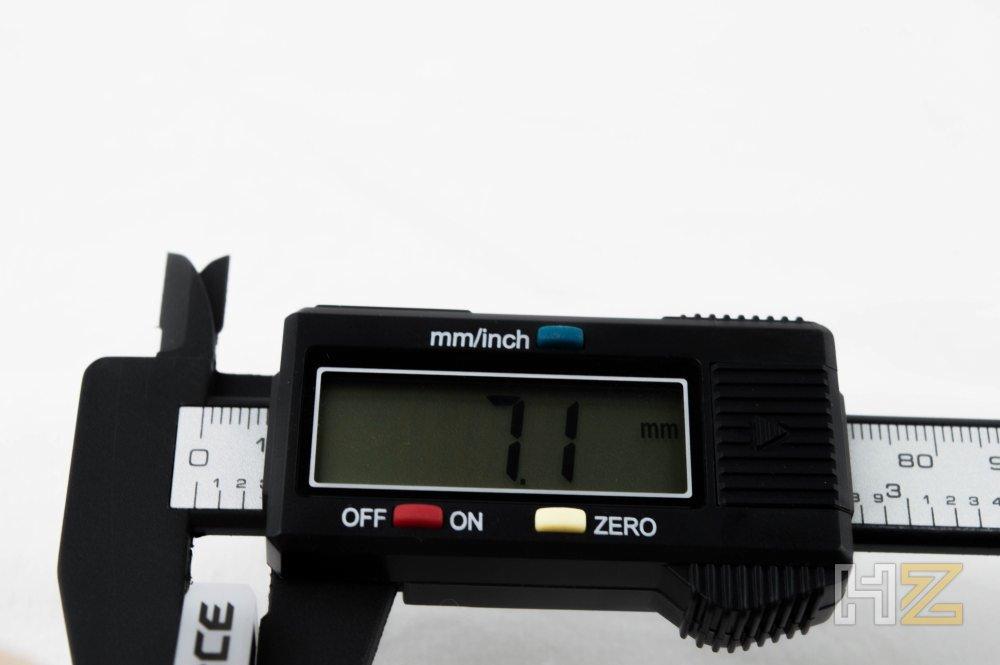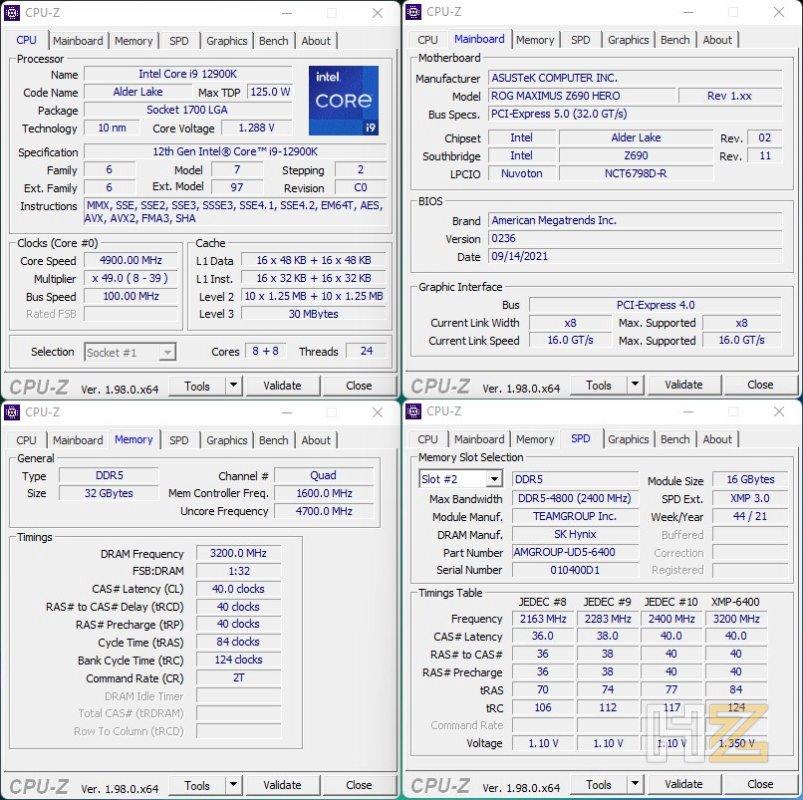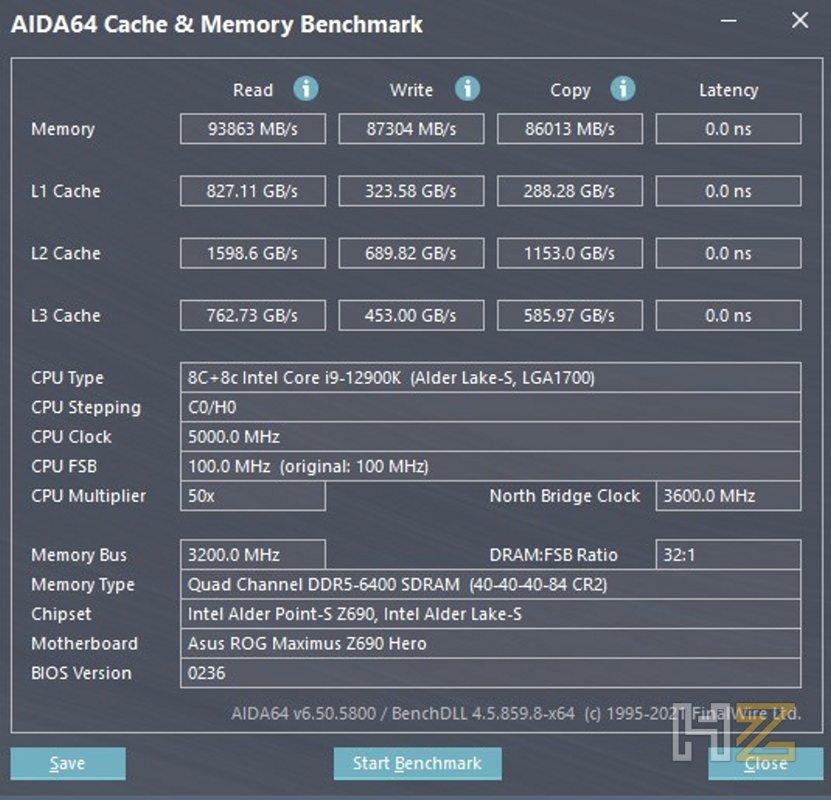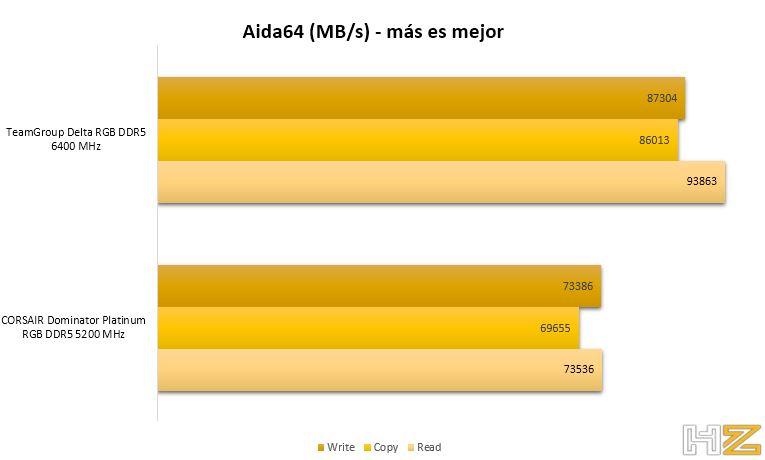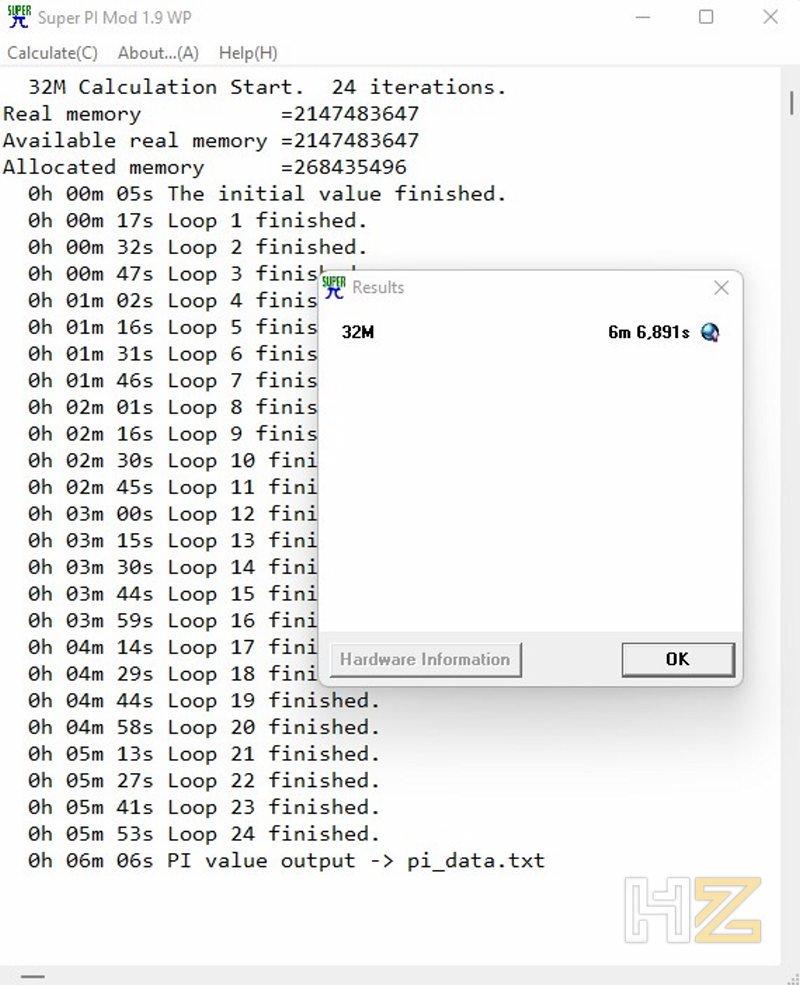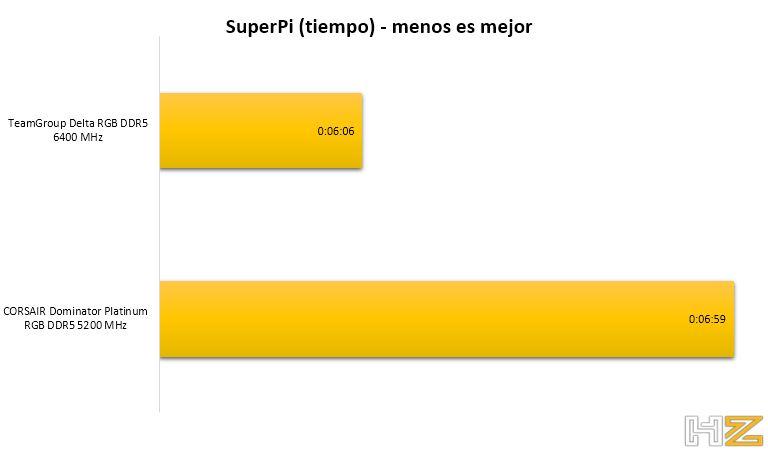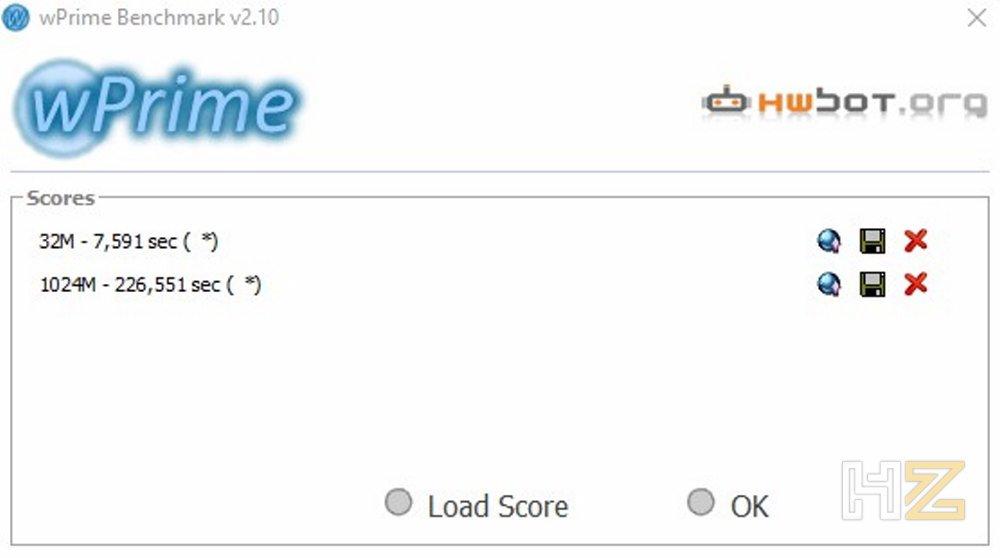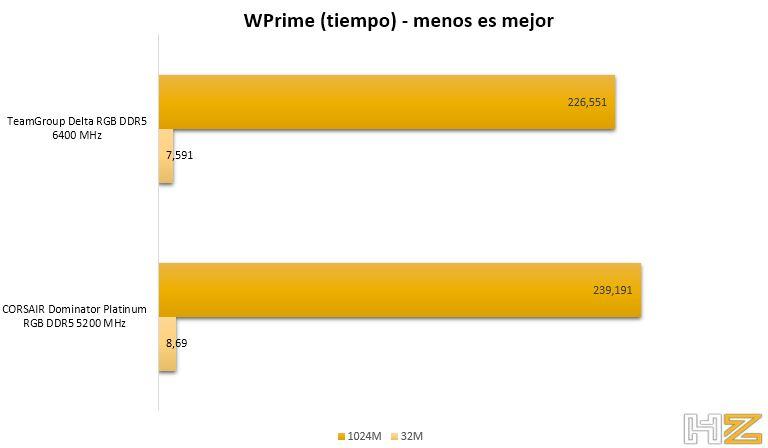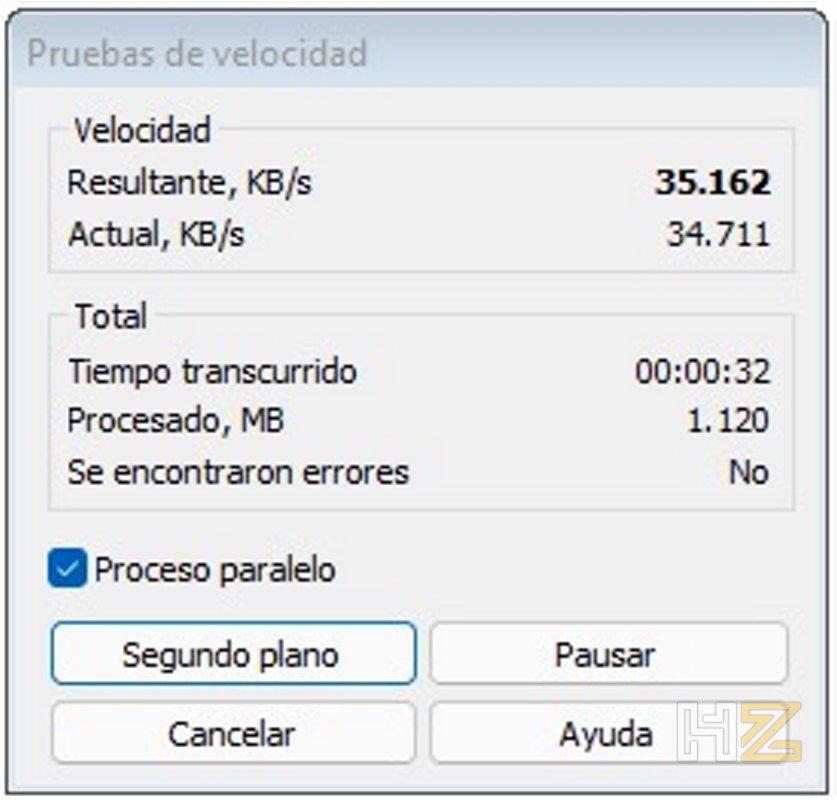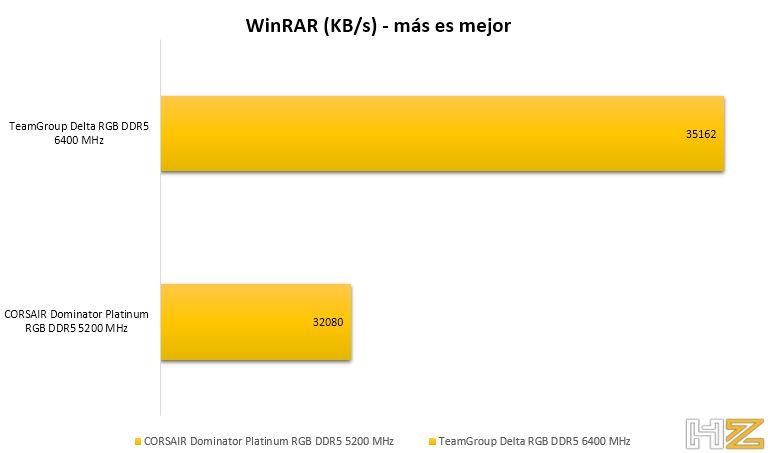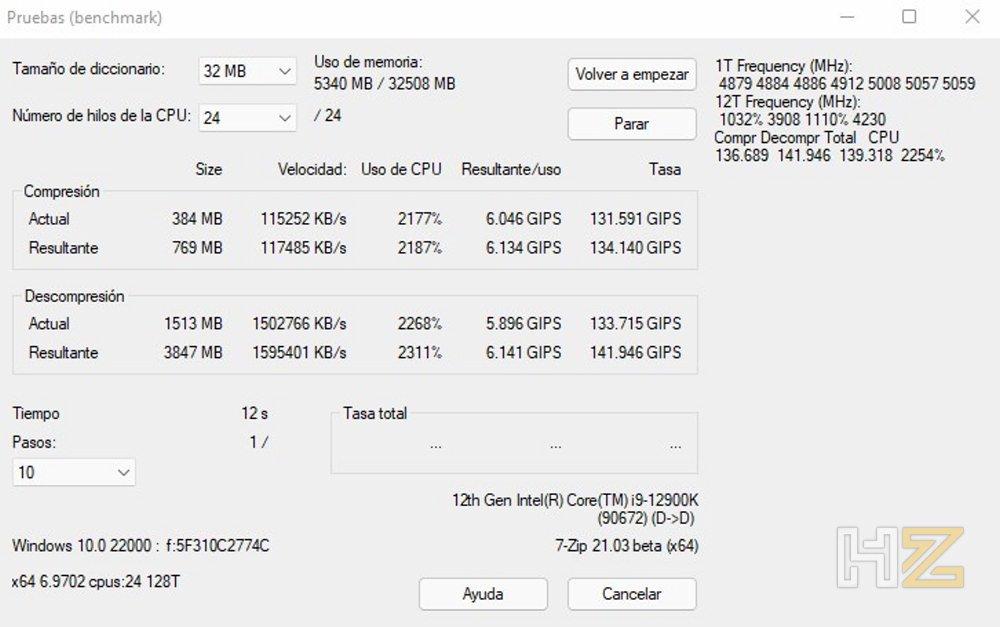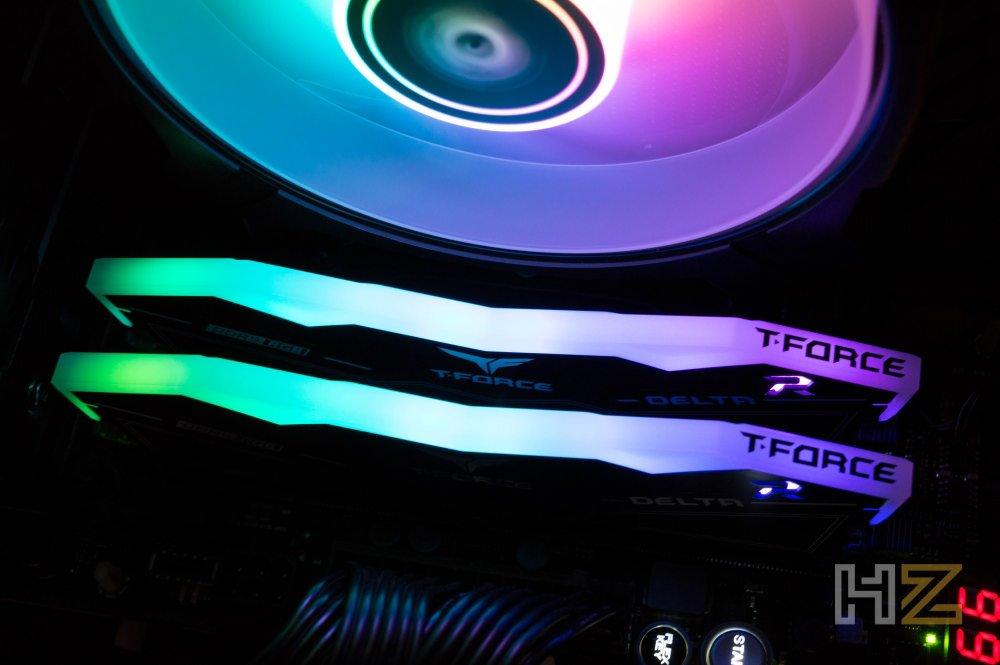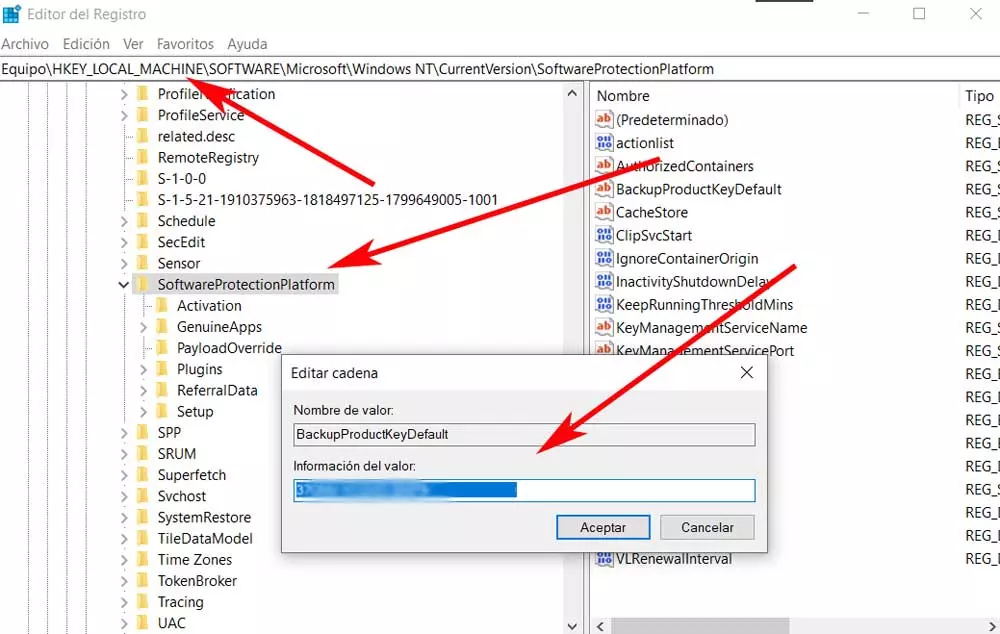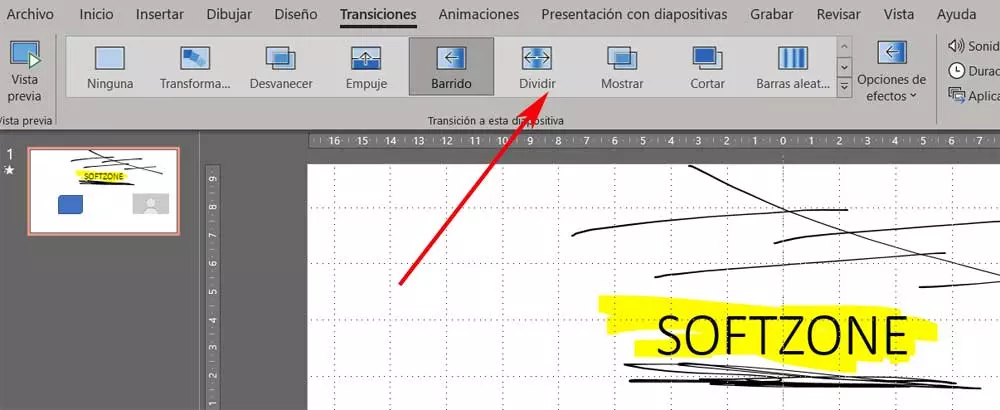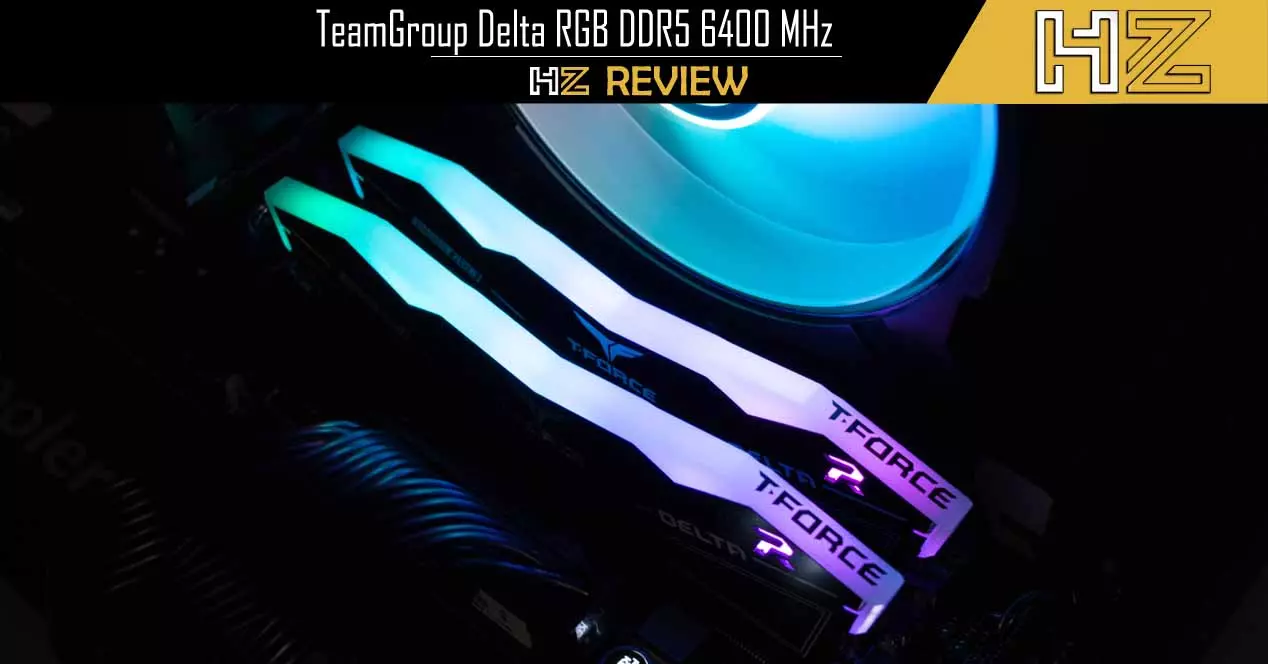
As you will already suppose looking at the technical specifications, we are facing a memory kit designed to offer high performance, since even its minimum speed is well above what the DDR5 RAM is based on; All in all, TeamGroup ensures stable operation by both its ECC controller and its power controller, in both cases integrated into each individual module, which makes DDR5 in general terms much more efficient and stable than in previous generations.
In the case of this Delta RGB DDR5 family, TeamGroup has used the same design that it had in the previous generation, with aluminum heatsinks on both sides (available in both black and white) that guarantee a good temperature operation of the chips. as with its characteristic symmetrical lighting bar at the top, an RGB lighting that we can configure and control using the RGB software of the main motherboard manufacturers.
Unboxing and external analysis
As is usual in TeamGroup, Delta RGB DDR5 RAM memories are packed in a small soft cardboard box on the outside of which we find both an image of the memory modules that we will find inside, as well as their technical characteristics and even a small “Window” that allows us to see the serial number of both modules, since they are enclosed in a transparent plastic blister inside.
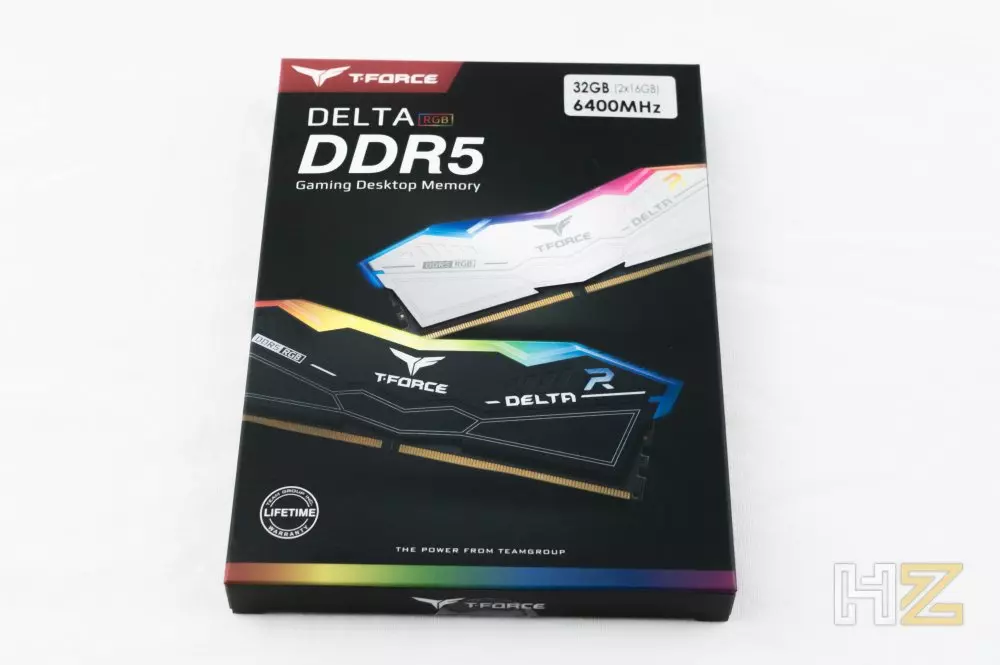
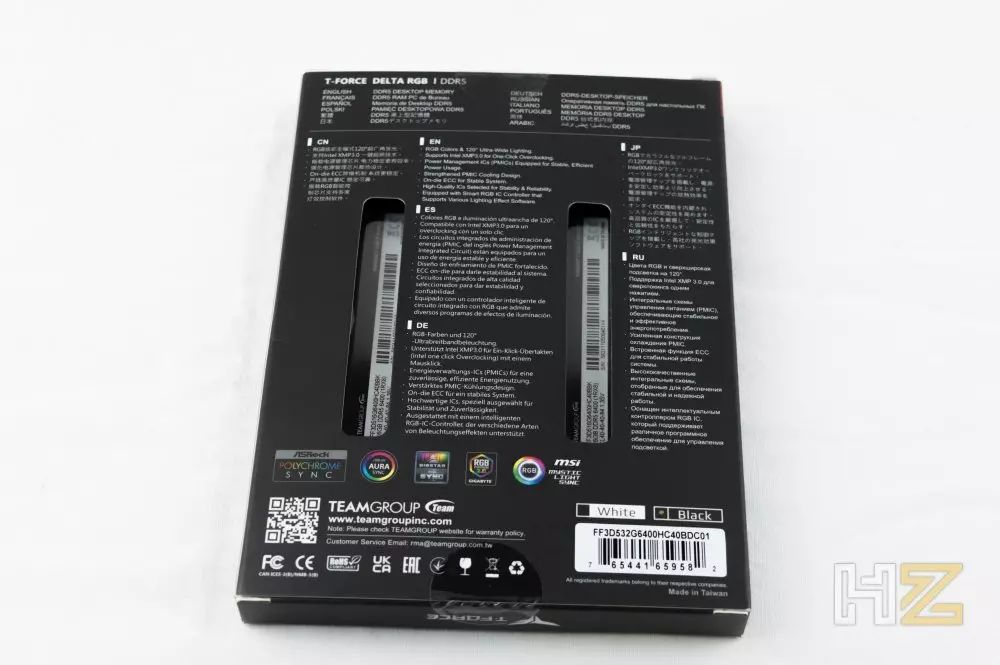
Inside, the first thing we come across (in addition to the plastic blister with the memories itself) is an information leaflet that will give us brief instructions on how to install the memory on a motherboard, as well as its technical information. In this case, the manufacturer also includes an iridescent sticker (which looks gray in the photo because it is one of those that changes color depending on how the light hits it).
Here we have the TeamGroup Delta RGB DDR5 memories already out of their packaging, and in this case we see that they have sent us the model with the heatsink in black. As can be seen, on one side we have the “visible” part of the memories with their white decorations (which, personally, almost seem like seams of comic-style trousers), while on the other we have the identifying label that we saw on through the package.
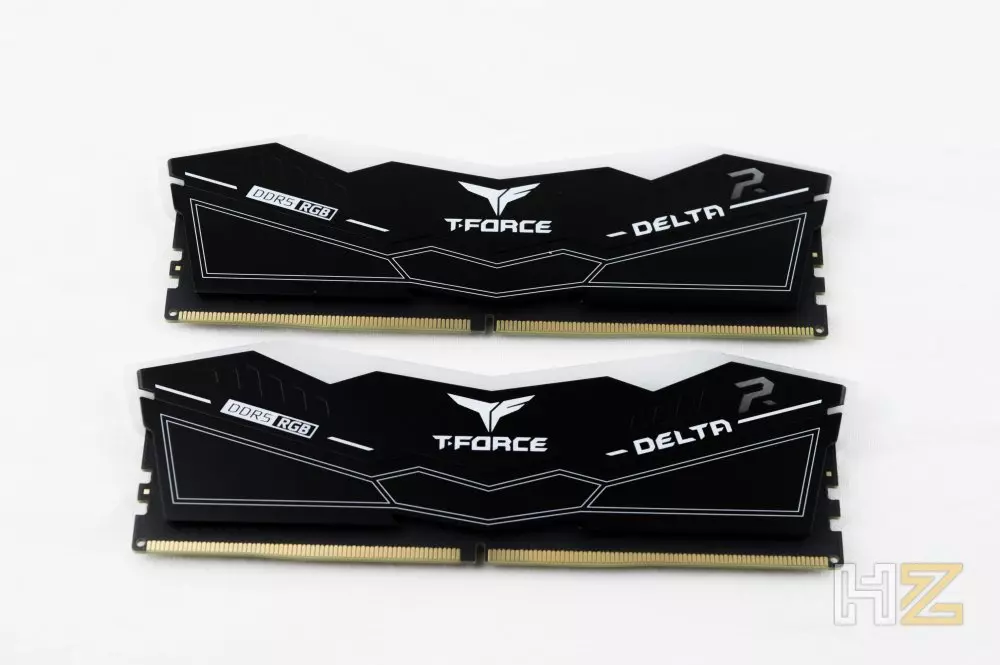
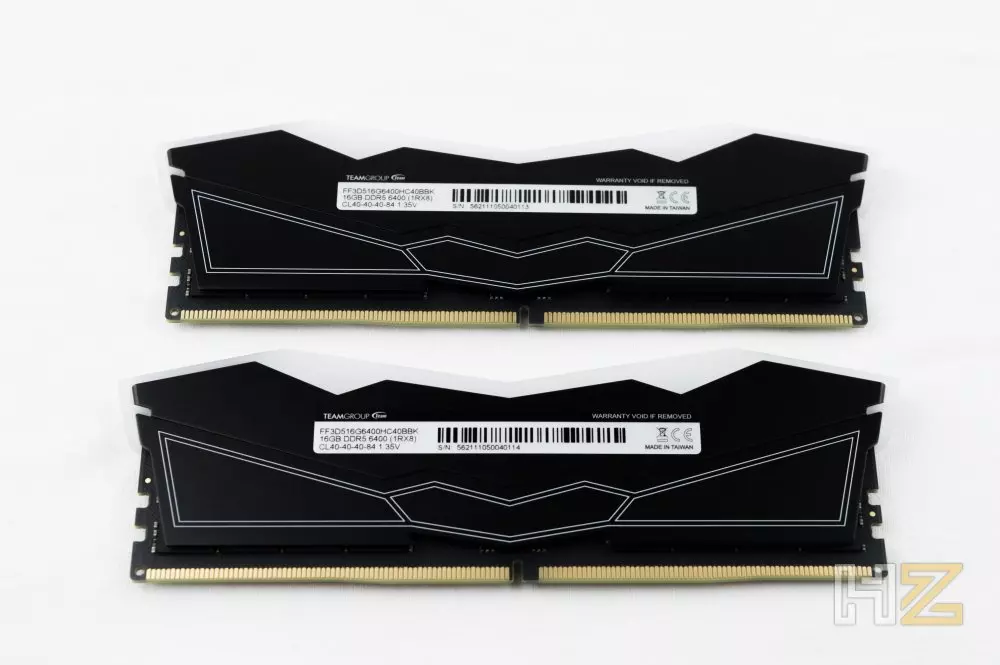
As usual in this family of memories, we have RGB lighting in the upper area through a translucent light bar. In these reports, in addition, the manufacturer has wanted to adorn it by silk-screening the T-FORCE logo on one of the sides.
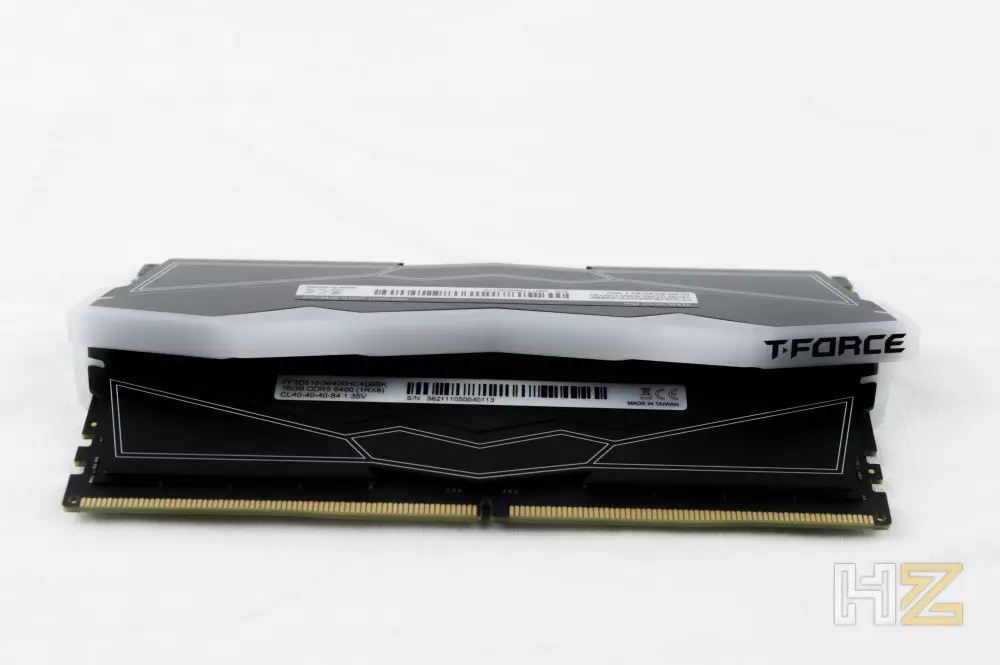
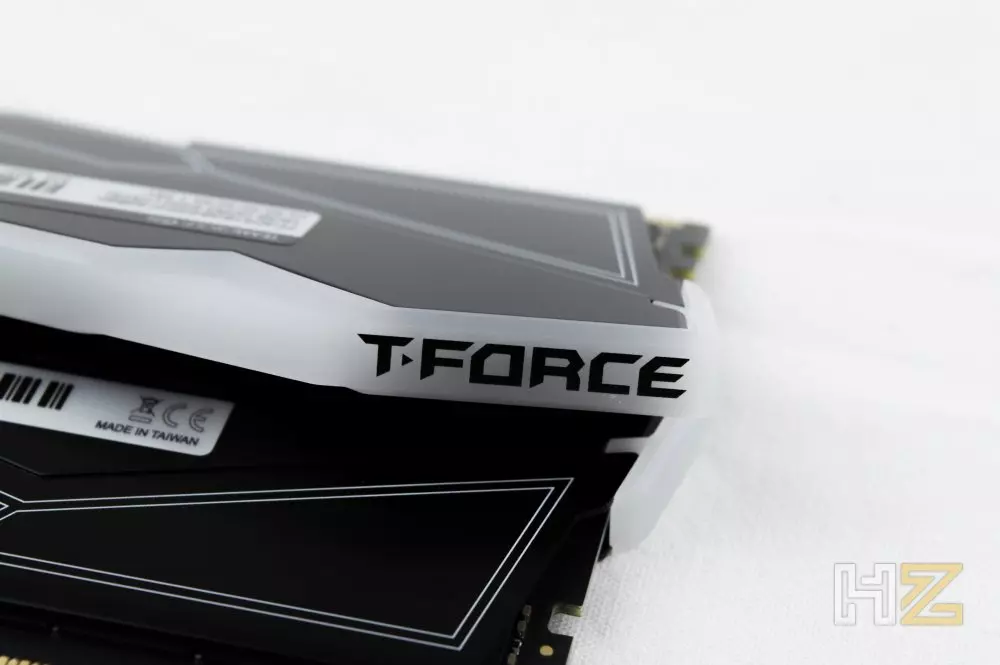
The upper area of the heatsink of these RAM memories is irregular, so it is not the same height everywhere. However, in its highest part (which is what counts when it comes to seeing compatibility with CPU heatsinks) it gives us a total height of 45.5 mm.
They are not too thick RAM memories, and although manufacturers are already careful that there are no compatibility problems in terms of width, in these RAM the modules will not touch each other if they are installed in sockets Adjacent: 7.1 mm wide.
Having seen the memories, it is time to install them on our test bench to check how well they work, so let’s get to it.
Testing the Delta RGB DDR5
We are facing DDR5 RAM memories and, therefore, at this time they are only compatible with Intel’s Z690 platform, which is precisely where we are going to test their performance. The hardware used is the following:
- Intel Core i9-12900K
- Arctic Freezer i35 A-RGB
- ASUS ROG MAXIMUS Z690 HERO
- Nfortec Vanth Gold 750W
- TeamGroup Cardea A440 PCIe 4.0 2 TB
- The operating system used has been Windows 11 with all the updates installed.
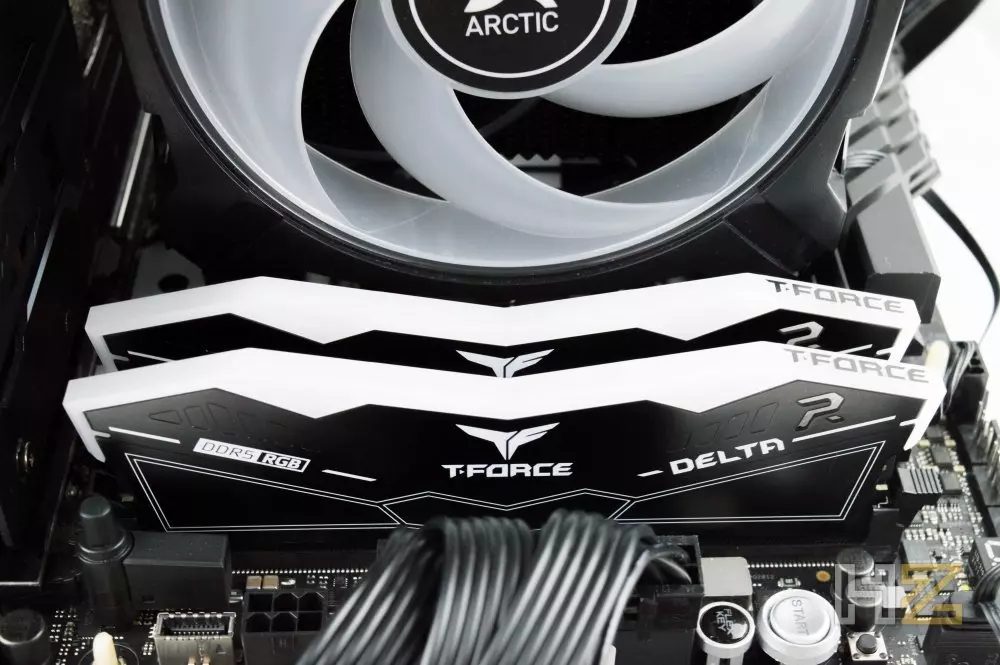
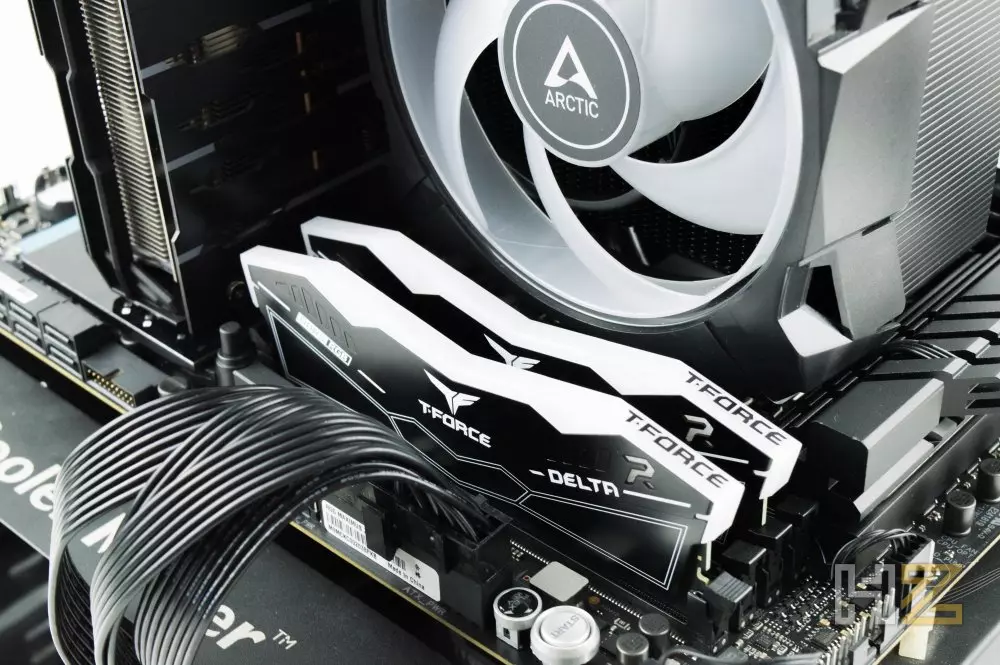
The installation in our test bench is extremely simple, and it does not give us any compatibility problems with the heatsink used or with other components of the motherboard. In addition, we have to say that when starting the PC the first time since we installed the memories, the ASUS motherboard detects that there are new RAM installed and prompts us to enter the BIOS to configure them. However, when entering the BIOS we already see from the outset that the board has recognized the XMP 3.0 profile of the memories and that they are already ready to work with their maximum potential without any problem.
Initially, the lighting of the memories is activated and, curiously, it is synchronized with the lighting of the heatsink without having to touch anything (yes, with the RGB software of the motherboard installed).
As we were saying, the board has already detected the XMP profile of the memories without us having to touch anything at all, so here you can see a screenshot of CPU-Z where you can see these TeamGroup memories running at 6,400 MHz, in addition to the rest of course of the hardware used.
Having seen this, we are now going with the performance tests to see how they behave. In addition, we are going to compare these Delta RGB DDR5 memories with the only other DDR5 memories that have passed through our test bench to date, a CORSAIR Dominator Platinum RGB DDR5, memories that as always dazzled us with their quality, performance and stability, but which in this case were running at 5,200 MHz, 1,200 MHz lower than these TeamGroup memories we tested today and therefore we should see noticeably better performance.
AIDA64
As always, we start the performance tests with Aida64 and its memory and cache benchmark, where we can see its reading, writing, copying and latency speed, although it is true that this last parameter always shows 0 on the Alder Lake platform. Probably because they have yet to update the software to accommodate all the new features of this latest generation of processors and memory.
As you can see, the speeds that these TeamGroup Delta RGB DDR5 at 6,400 MHz are overwhelmingly high, doubling the performance that DDR4 offers even in its best models and also with ease and despite its very high CL40 latencies.
Below you can see, in graphical form, how these memories compare with the aforementioned CORSAIR ones, which operate 1,200 MHz below.
The increase in performance is more than evident, and is that (at least in this benchmark) those 1,200 extra MHz make a quite bulky difference: 27% more in read speed, 23.5% in copy speed, and a 19% faster write speed.
SuperPi
SuperPi is one of the most used benchmarks to measure the performance of RAM memory, since what it does is calculate decimals of the Pi number using the processor, but since these decimals are infinite, the interaction of the CPU and RAM is constant because The results are stored in RAM, so the better the memory performance, the less time it will take to perform this test. As always, we ran the test to calculate 32 million decimal places, and this has been the result.
As this result will not tell you much (we can tell you that with DDR4 memories this test was around 8 minutes), here you have the comparison with the other memories.
Again, the performance difference is obvious, despite the fact that TeamGroup’s memories have higher latencies than CORSAIR’s. Let’s remember that we are comparing some RAM at 5,200 MHz with others at 6,400 MHz, but this helps us to see if it is really worth buying RAM at a higher speed to the detriment of latency, really.
WPrime
WPrime has a similar purpose to that of SuperPi, since what it does is calculate decimals of the number Pi. However, it uses a different algorithm and benefits more from the multithreaded capacity of the processor (it must be clarified here that we always limit this test to 4 threads so that the CPU does not influence as much as the RAM memory), so here we run the test of 32 million and 1,024 million decimal places, with the following result.
Although in this test the performance difference is not as great as in the previous ones, again we see that this increase in operating speed provides us with extra performance that serves to save time.
WinRAR
We have already gone from synthetic benchmarks to more real tests, and nothing better than applications that handle compressed files such as WinRAR. This test is heavily influenced by the power of the CPU, but since it is also constantly sending and collecting information from memory, the performance of the memory has a lot to do with it.
Here we can see, again, an improvement in performance with the TeamGroup memories, although it is true that the increase is now only 9.6%. However, again we are improving the performance of the computer by using faster RAM.
7Zip
Like WinRAR, this test helps us to see how the computer behaves compressing and decompressing files, a process that is influenced by both the CPU and the RAM memory.
In this test, things continue along the same lines, more or less, and the performance offered by the TeamGroup memories is only 3.3% better in decompression, while the improvement in terms of compression is noticeable more and more. it is 16.3%.
Conclusion and verdict
It’s been a few weeks since DDR5 RAM was released on the market, and although it is something that has just been released, we are already seeing very high-performance memory kits like this one from TeamGroup that we have seen today, and that of course In terms of performance, it has left us with a very good taste in our mouths and has convinced us that, in DDR5, a higher speed is noticeable and a lot (especially compared to DDR4).
TeamGroup is a manufacturer of memory products that keeps proving that it “can be done.” You can compete with the largest in the industry while maintaining substantially lower prices, you can match and exceed other well-known and recognized brands in performance, and you can create a gaming ecosystem with RGB and ARGB lighting with all the laws. without having to complicate your life.
These TeamGroup Delta RGB DDR5 6,400 MHz memories are an empirical proof of all this, because in this analysis they have shown us to have an overwhelming performance that leaves DDR4 a thing of the past, all in a quality product, with a lifetime guarantee And beautifully lit, of course customizable using the motherboard’s RGB software for minimal fuss and easy syncing with other system components.
Of course, these are highly recommended memories if you have upgraded (or if you plan to upgrade) to Alder Lake-S or to a future AMD platform that makes use of the new generation of DDR5 memory, both for performance and price (if we compare it with other brands, since at the end of the day DDR5 is still quite expensive today).
For all these reasons, these Delta RGB DDR5 from TeamGroup are worthy of our Gold award, as well as our recommendation for their performance.
